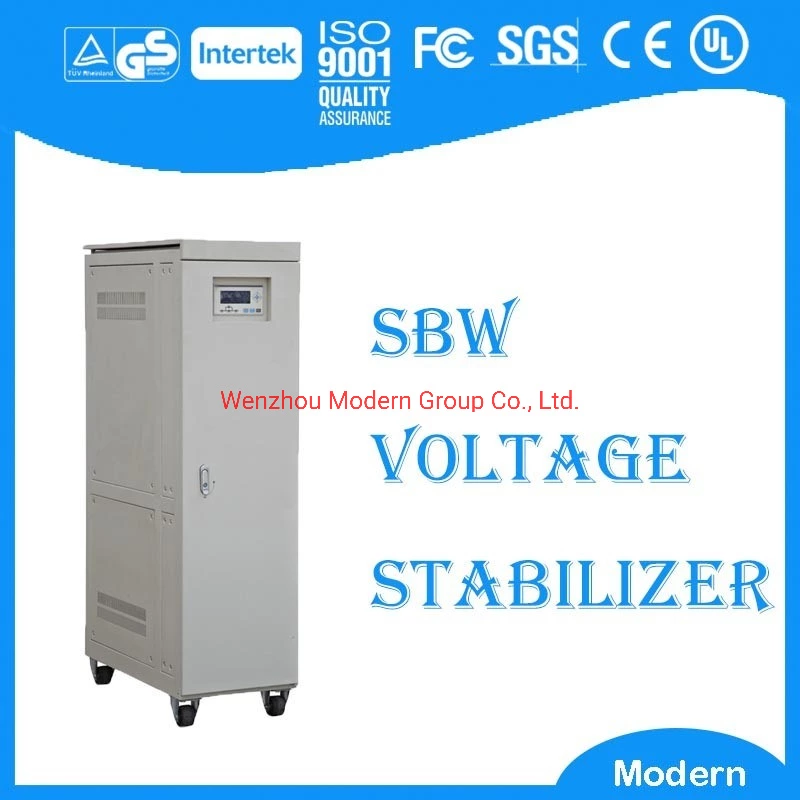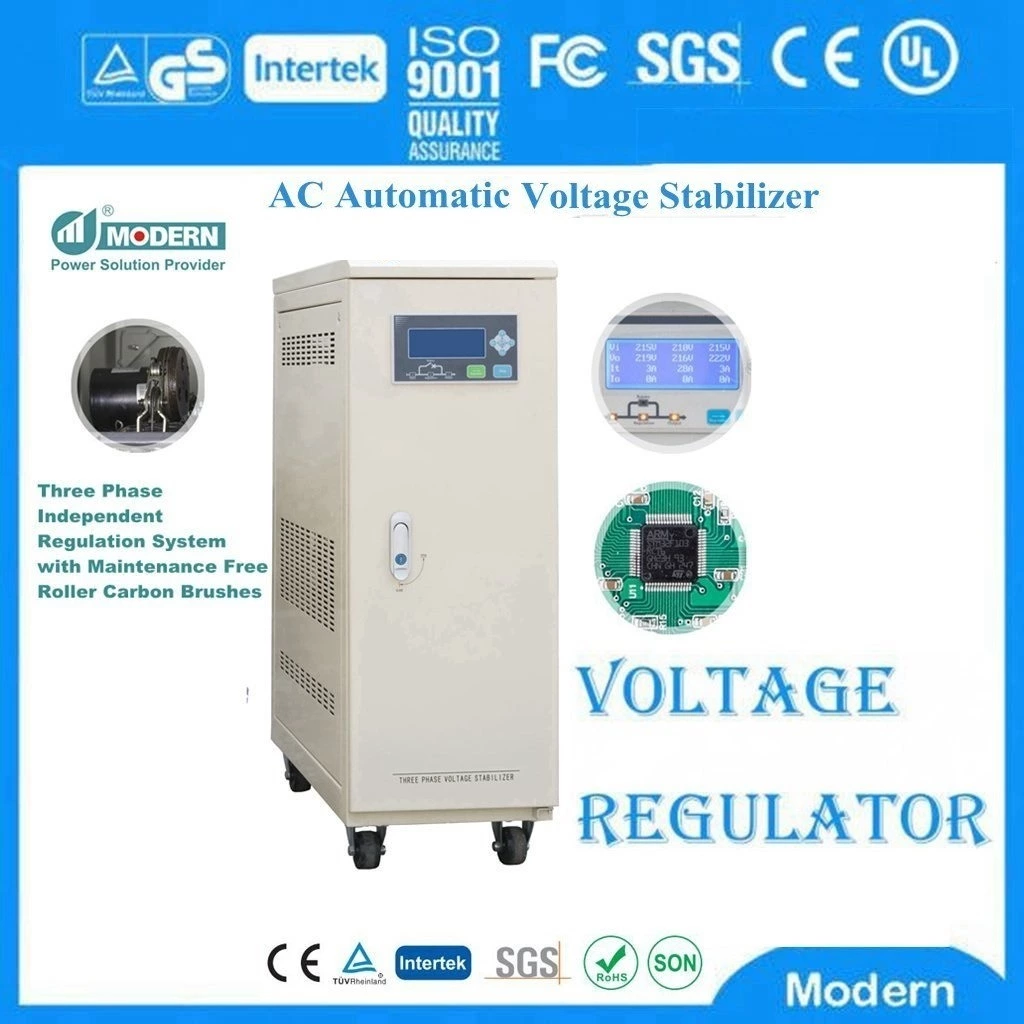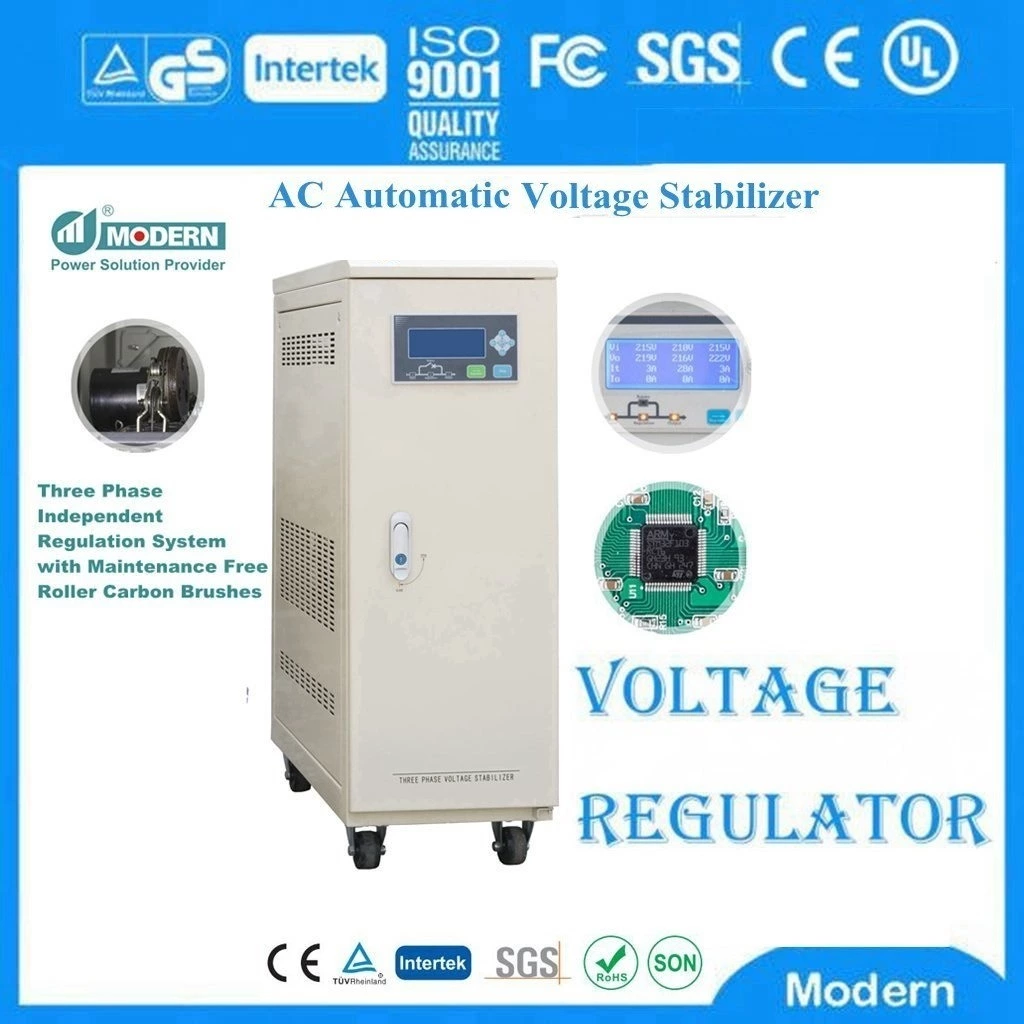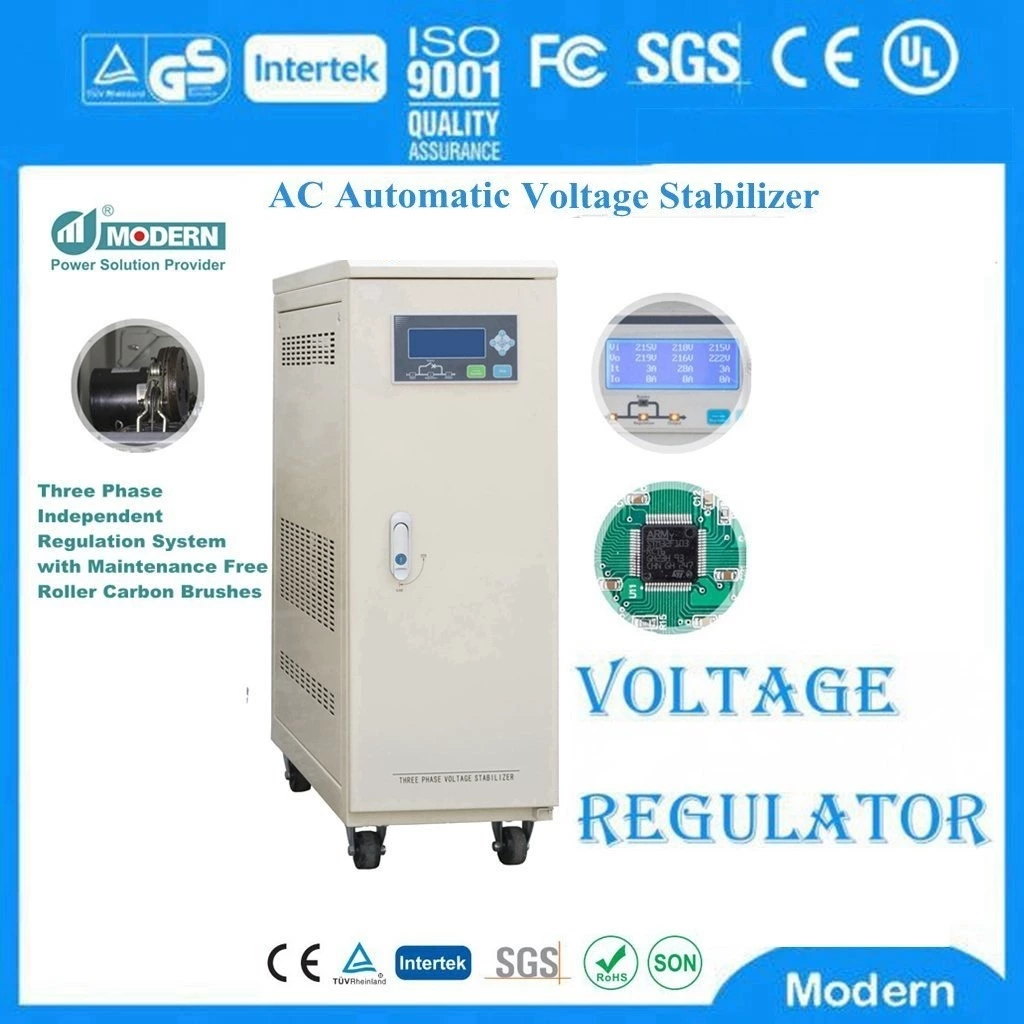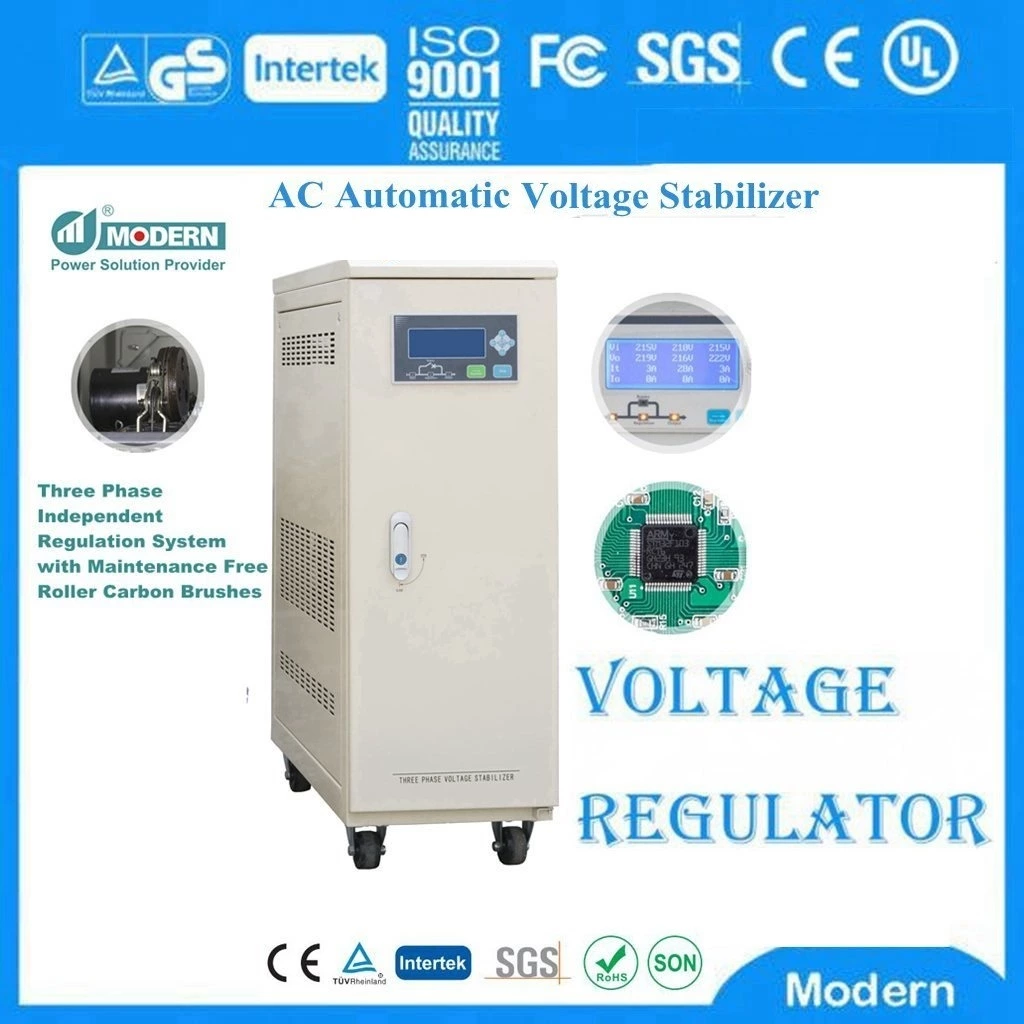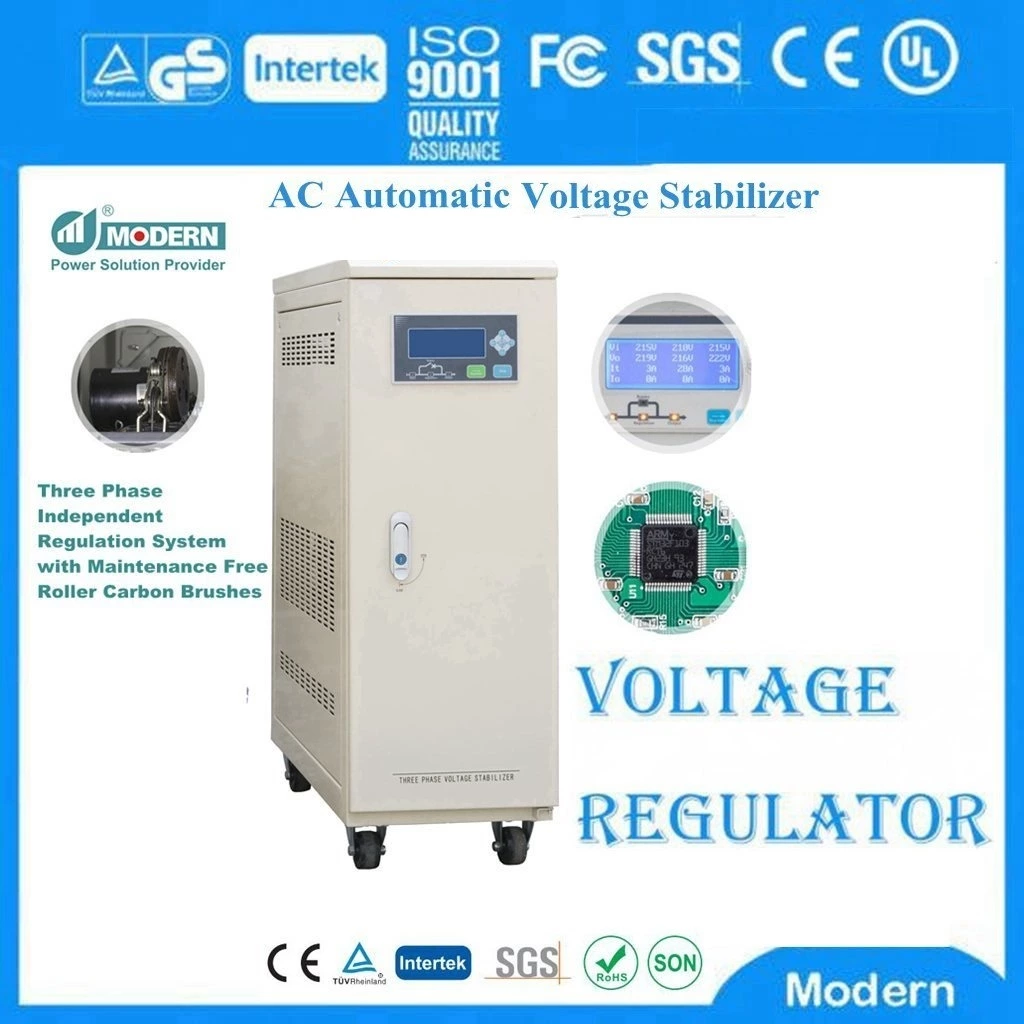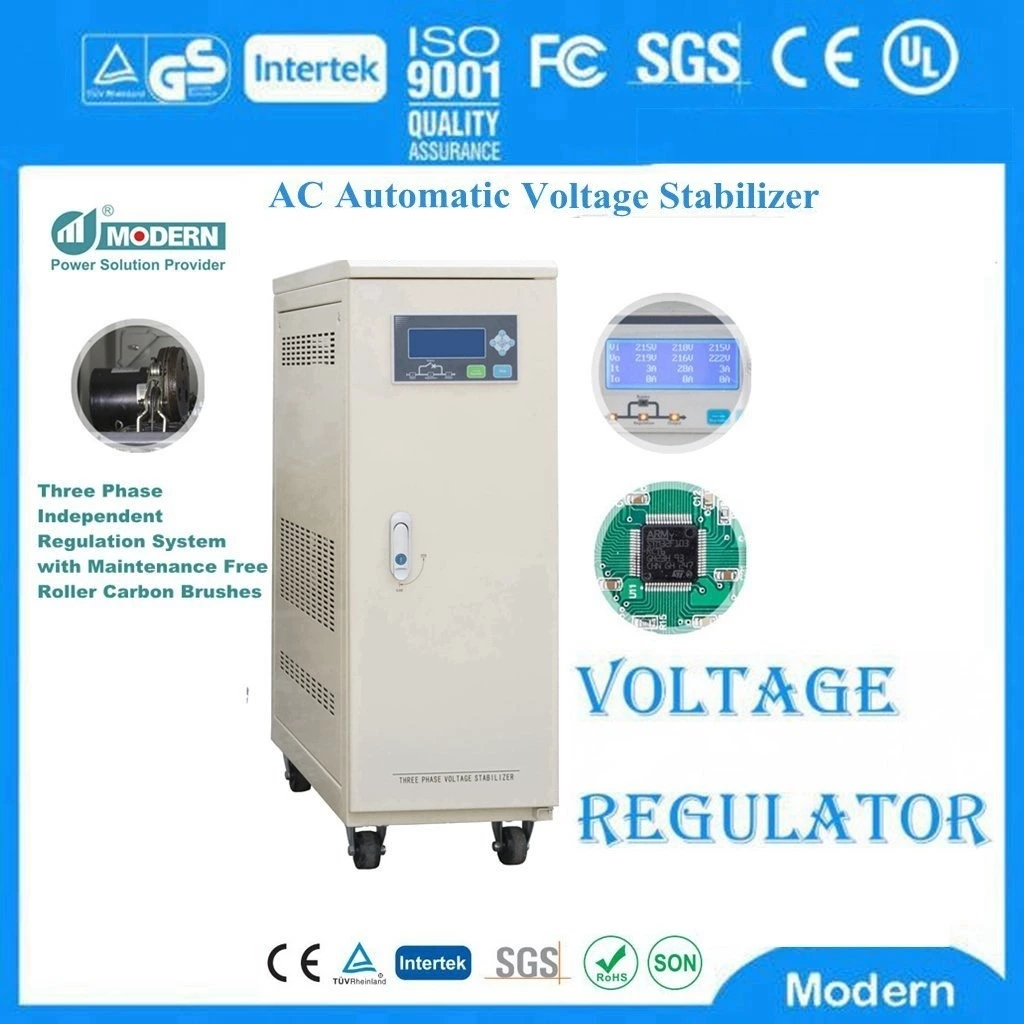Advantages And Disadvantages Of Three Types Of Contactless Voltage Stabilizers And The Reliability Of Contactless Voltage Stabilizer
The reliability index of a product is an extremely important part of its quality attributes. The higher the reliability of the product, the lower the cost of maintenance, which can minimize the user's expenses and ensure the normal operation of the user's equipment. At the same time, only products with high reliability can be truly competitive in the market.
1. The current status of Automatic Voltage Stabilizer reliability
In the field of modern power supply, to ensure that the power supply device can be precisely controlled and reliably operated, power electronics technology must be adopted and power semiconductor devices (thyristors) must be used in the device. Power semiconductor devices have many advantages such as high efficiency, good control performance, small size, light weight, and reliable use. Therefore, the use of power electronics technology to upgrade power regulators has become the main development direction of high-power power regulators.
As contactless voltage regulators are gradually recognized by the market and users, many voltage regulator manufacturers have subsequently launched contactless voltage regulators with different structures. Due to the difference in the main circuit structure, their performance differences are often quite large; in addition, some manufacturers have not invested enough in technology and have not conducted in-depth research; they also lack sufficient testing and understanding of the performance and application of the key component of the contactless voltage regulator, the thyristor module; even a few manufacturers still cut corners and use old components as new ones and inferior components as good ones. All these reasons are finally reflected in the reliability of the product, causing the performance of many manufacturers' contactless voltage regulators to be extremely unstable and the reliability of use to be very poor. Over time, many users have formed a misunderstanding that the contactless voltage regulators on the market are unreliable and unusable, and finally dare not buy them.
2. In order to clarify some misunderstandings of the majority of users, we will analyze the contactless voltage regulators on the market for everyone.
The main difference between contactless voltage regulators with different main circuit structures lies in the adjustment method of the compensation voltage, which is directly related to the working reliability, dynamic response, voltage regulation accuracy, voltage regulation range, maximum capacity, waveform distortion and other performance indicators of the voltage regulator.
The main circuits of the contactless voltage regulators on the market can be roughly divided into the following three types:
1. Auto-voltage compensation type
Advantages and disadvantages of three contactless voltage regulators and the reliability of "Pandeng" contactless voltage regulator
This structure switches the tap of the autotransformer by controlling the on and off of the bidirectional thyristor, thereby changing the size and polarity of the compensation voltage of the compensation transformer to achieve the purpose of stabilizing the output voltage.
Main advantages
(1) Due to the use of autotransformer tap-grading voltage regulation, the on-off voltage of the bidirectional thyristor is reduced (from 220V to below 200V), and the surge current generated during gear shifting can be suppressed (the autotransformer itself is a high-power reactor), thereby greatly improving the working reliability of the bidirectional thyristor.
(2) Due to the use of "interlock isolation" technology in the control circuit, the circulation problem caused by the misoperation of the bidirectional thyristor caused by external interference is completely solved, and the damage of the thyristor device is effectively avoided.
(3) Since the control part mainly uses analog integrated circuits, it has strong adaptability to harsh power grid environments.
2. Auto-coupling type
Advantages and disadvantages of three types of contactless voltage regulators and the reliability of "Pandeng" contactless voltage regulator
This type of contactless voltage regulator directly changes the transformation ratio of the autotransformer by controlling the on and off of the bidirectional thyristor, thereby achieving the purpose of stabilizing the output voltage.
Main disadvantages
Since the thyristor is directly connected in series in the main circuit, the load current flows through the thyristor, and the transient and fluctuation in the load current can easily damage the thyristor; and the long-term passage of large current generates a lot of heat, which also makes the thyristor work in harsh working conditions, deteriorating performance and deteriorating reliability.
In addition, if this structure is used to make a large-capacity voltage regulator, the thyristor capacity must also be selected to be large, which causes great difficulties in determining the thyristor margin coefficient and the thyristor heat dissipation design, and can easily cause reliability to deteriorate.
Compared with the auto-coupling type, the advantages of the contactless voltage regulator are:
Since the thyristor of the auto-coupling compensation contactless voltage regulator is not in the main path of the load current, but is only connected to the voltage regulation circuit, the current passing through is not large, only a few parts of the load current, or even a dozen parts or a twentieth part, so the device's margin coefficient can be selected easily, the heat is not severe during operation, and the thyristor can work reliably for a long time; at the same time, the capacity of the voltage regulator can also be made very large (the maximum capacity that can be produced at present is 2000KVA).
3. Pure compensation type
Advantages and disadvantages of three contactless voltage regulators and the reliability of "Pandeng" contactless voltage regulator
This structure controls the input, exit or change of polarity of the compensation transformer combination through the on-off of the bidirectional thyristor, so as to achieve the purpose of stabilizing the output voltage.
Compared with the first two types of contactless devices, the advantages of pure compensation type contactless devices are mainly reflected in 1. Energy saving, because the number of transformers is reduced, which directly reduces the loss of transformers; 2. Intermittent rest of thyristors, because not all thyristors are put into use, but put into use according to needs, which gives some thyristors time to rest and dissipate heat. There is no need to worry about safety and reliability, because thyristors are now 1600V withstand voltage, combined with the surge absorption current designed by our company, thyristors are safe and reliable, and even thyristors can be guaranteed for 10 years.
III. Measures taken by voltage stabilizers to enhance reliability
In order to ensure the high reliability of products, our company has adopted a set of scientific methods. The following is an introduction to the measures we have taken in several major aspects such as "reliability design", "reliability growth" and "reliability management".
1. Reliability design measures
(1) Derating design
In order to reduce the failure rate and improve product reliability, we have appropriately adopted the "derating design" method in the selection of main component parameters. For example, we have selected the capacity of the thyristor module according to 3 to 5 times the average on-state current ITAV, which is equivalent to doubling the design margin coefficient commonly used. This has strengthened the key links that affect the reliability of the contactless voltage regulator and greatly improved the reliability of the product.
(2) Electromagnetic compatibility design
In order to prevent errors or failures caused by the electromagnetic environment at the working site of the voltage regulator, we have taken many measures to eliminate and reduce interference. For example, we use the world's most advanced MOV matrix technology from the American JOSLYN Company to effectively suppress the surge spikes generated during the operation of the thyristor (our company is the general agent of the surge protection products of the American JOSLYN Company in China). In addition, we have also strengthened the power supply filter design to improve the system's anti-interference ability.
(3) Heat dissipation design
In terms of heat dissipation design, after several years of exploration and improvement, we have designed a set of reasonable heat dissipation measures and applicable heat dissipation data, which effectively reduced the temperature rise of the thyristor device and the chassis, and greatly reduced the performance degradation and failure of the thyristor device caused by overheating.
2. Reliability growth measures
For contactless voltage stabilizers, we attach great importance to continuously correcting defects in product design and manufacturing, and continuously improving product reliability. Since the first product was shipped in 1999, we have been tracking the use of users, combining the feedback information from after-sales service, continuously analyzing and studying the source of faults and potential hidden dangers, making timely improvements, and ensuring that no new sources of faults are introduced when revising the design.
During the product design and revision design stages, we have done a lot of tests, and have always insisted on using test methods to check the source of faults, and strive to solve the hidden dangers of faults in the product design stage.
3. Reliability management measures
Haowen Electric strictly implements product quality management in accordance with the ISO9000 international quality certification system, and has established a complete set of collection, sorting, feedback, analysis, and processing systems for faults and defects that occur during the production and use of products, which provides a very strong guarantee for improving product reliability from an institutional perspective.
In addition, we have also carried out strict quality control in the selection of major components and parts such as thyristors and transformers. For example, for thyristor modules, we have strengthened the screening of on-state peak voltage VTM, and tried to control the device temperature rise within a low range; we also put forward higher requirements for thyristor gate technology. For the main and auxiliary transformers, we also adopted a toroidal transformer structure with low loss, low temperature rise and high efficiency.
Through several years of hard work, the reliability of "Haowen" contactless voltage regulator has been continuously improved. So far, the average trouble-free operation time of the product has reached 100,000 hours.
IV. Contactless voltage regulator controlled by single-chip microcomputer
Many contactless voltage regulators on the market currently use single-chip microcomputers to build control systems. Although single-chip microcomputer technology has many advantages and is relatively advanced, it also has weaknesses, that is, anti-interference processing is relatively complex and difficult. For high-power power voltage regulators, their working environment, especially the electromagnetic environment, is often relatively harsh, so the circuit structure and control system should strive to be simple and reliable, especially the anti-interference ability should be strong to ensure a higher working reliability. If you blindly apply single-chip microcomputer technology regardless of the occasion in pursuit of fashion, it will be more harm than good.
Therefore, we believe that if there is not much improvement in the main performance indicators of the voltage stabilizer, we should still be cautious about the application of single-chip microcomputer technology in contactless voltage stabilizers.
V. Overview
In the past, most of the power voltage stabilizers on the market were mechanical carbon brush type. The use of carbon brushes and mechanical transmission will inevitably lead to many shortcomings and problems such as short working life, slow response speed, small carbon brush contact surface affecting output current, fast wear of carbon brushes and frequent maintenance and replacement. Therefore, contactless voltage stabilizers are the inevitable choice for most users. With the continuous improvement of the technology and process level of manufacturers, the working reliability of contactless voltage stabilizers is constantly improving. At the same time, as users continue to deepen their understanding of the product, contactless voltage stabilizers will definitely have a better market prospect.
 Русский
Русский
 Français
Français
 Português
Português
 Español
Español
 اللغة العربية
اللغة العربية
